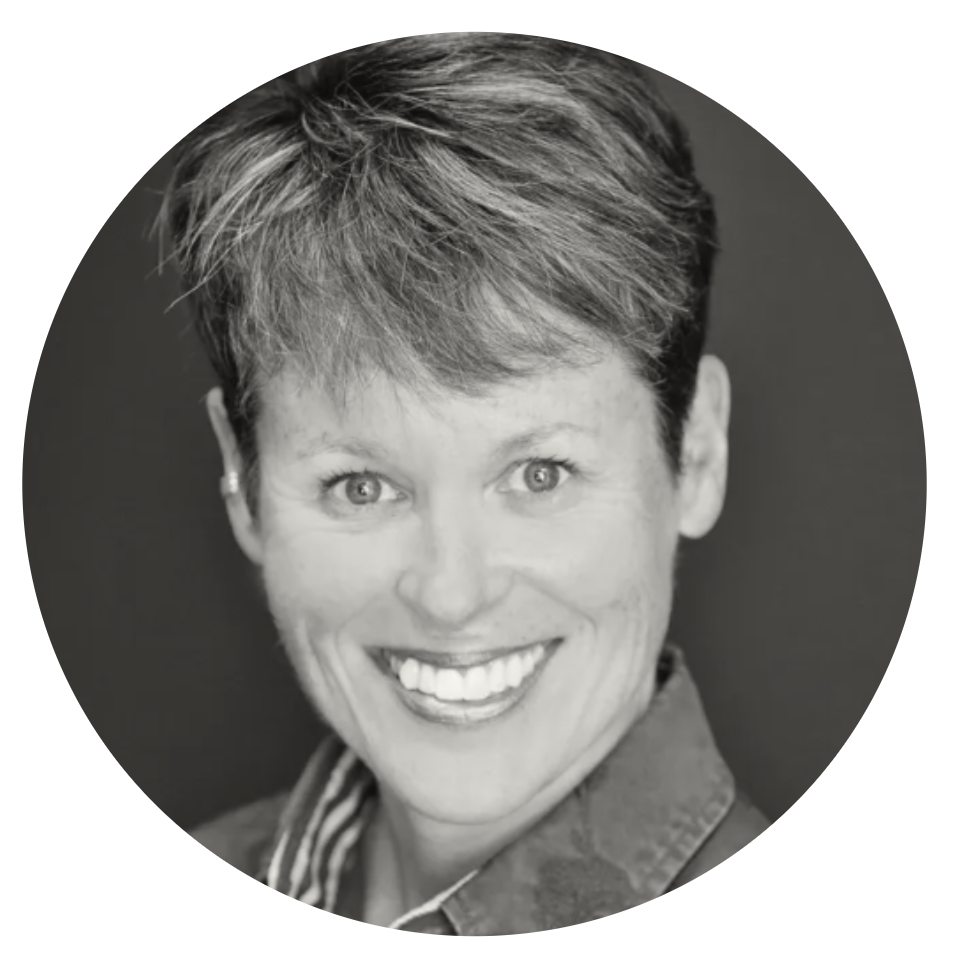
Dr. Nancy (Quinn) Harrington
Adjunct Scholar in the School of Kinesiology, Western University, Canada. Her research interests include the nexus of disability and sport, use of remote technologies for athlete classification, and models for para/Para competition. She is also a Registered International Sports Physical Therapist with over 25 years of Paralympic sport medicine experience.
Email: nquinn9@uwo.ca
Instagram: nancyhquinn
While training on the road, a crash left Canadian para cyclist Mike Sametz with a fractured right hip that required surgery, leading to a withdrawal from competition and a setback to Mike’s future training and competition plans. As a multi-Paralympic Games medical volunteer and passionate fan of high-performance para sport, I was part of the para cycling community that was ‘gutted for Mike to not be able to race at the Paralympic Games’.
For the athlete, rehabilitation from serious injury can be long, arduous and fraught with uncertainty as to if/when they can resume training, how successful that resumption will be, and what impact the injury itself and time away from sport will have on one’s sporting career.
As an International Sport Physical Therapist and proud member of Canada’s Paralympic Health Science Team (HST) for six Paralympic Games, I have given much thought as to the important work Canada’s HST has done on behalf of this athlete. Countless hours and at all hours of the day and night will have been spent ensuring that the athlete received the best possible emergency care, liaising with emergency personnel on site, and conferring with Host Games medical leads. Once transferred to hospital, Canada’s Chief Medical Officer (CMO) would have communicated with the local trauma and orthopedic experts to determine next medical and logistical steps. The CMO and medical staff with Cycling Canada would then have sat with the athlete to explain and provide clarity around these options and provided support in their decision making. Concurrently, other members of Canada’s HST would have ‘all hands on deck’ supporting the athlete’s team mates, Cycling Canada personnel, and the larger Team Canada. Worry spreads quickly in the Paralympic Village as does misinformation. If messaging is clear and consistent, athletes and staff can focus and return to their jobs …eat, sleep, compete!
As a large, well-resourced country in the Global North with a progressive National Paralympic Committee (NPC), Canada’s athletes at the Paris Games are supported by the ‘best of the best’ of Canada’s diverse sport medicine community, including physicians, physiotherapists, athletic therapists, chiropractors, dietitians, massage therapists and sport psychologists. The CMO for Paris 2024 and their cadre of national and global experts would have planned for every eventuality, including a training accident that took place far from the field of play.
As a social scientist whose research focuses on the para athlete experience in the high performance milieu, I am well aware that not all NPC’s can provide a similar standard of medical support to their athletes at major competitions. Research that examined the experience of in-Games medical encounters informs that athletes from many lower resource countries compete at major Games, like the Paralympic Games, without the support of dedicated medical or rehabilitation professionals from their home nation. Other NPCs from developing nations bring core medical teams, including physicians and physiotherapists, who serve dual roles as guides and personal assistants to athletes with higher access needs. This reality creates tension and conflicting priorities for both athletes and professionals. At some major para sporting events, some spaces where medical encounters take place are difficult to access due to their small footprint, and continue to lack hydraulic plinths and wide, automated doors, to ensure access for all athletes. Failure to provide information related to medical services, drug testing procedures, and therapeutic options via a medium that athletes with visual impairment (VI) can utilize during in-Games medical encounters has been noted.
Regrettably, it is remarkable but not surprising that physical access to some medicalized spaces at major Games remains problematic. The primacy of the Olympic Games, in scope, size and in fact timing, relative to the Paralympic Games, offers a potential explanation. However, medicalized assumptions regarding impaired bodies and disability imbues bodies with impairment with diminished abilities, physically, socially, sexually and athletically, persist and inform how, where, and what Paralympic athletes experience during sport medicine encounters. There is evidence to support that athletes with intellectual impairment (II) are impacted most by negative medicalized understandings of bodily impairment and sporting ability.
As Paralympic athletes return to life outside of the Games, many face hindrances to equitable access to timely, quality health care in their home nations. 14% of all Canadians, those living with and without disabilities, are hindered in by their inability to find a primary care provider. Understanding that institutionalized ableism continues to inform the practice of medicine and rehabilitation, on and off the field of play, only adds complexity to an athlete’s right to accessible, equitable health care.
Mike, if you are reading this, know that many Canadians and cycling enthusiasts—including me—are sending best wishes, hopes for a speedy recovery, and a successful return to the sport you love.

